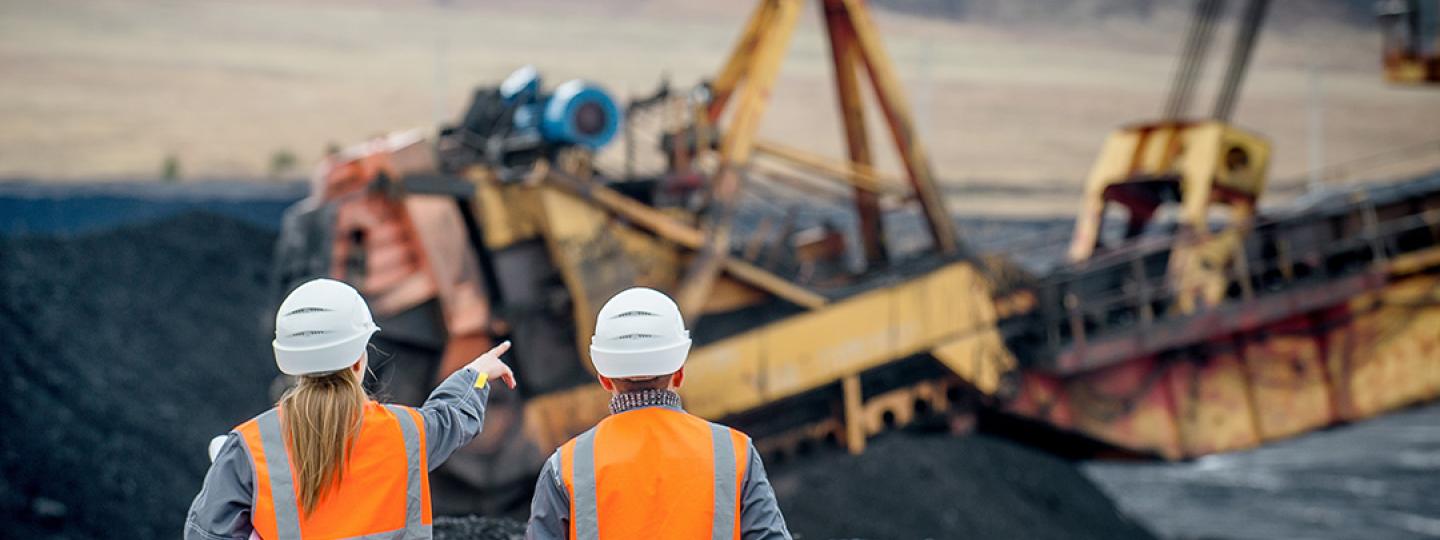An untapped opportunity
Nearly 240 Australian mines are predicted to close by 2040, with expenditure on mine closure and rehabilitation activities expected to exceed $4-8 billion annually.
The closure and relinquishment of active mine sites generates a series of complex challenges for industry, regional and First Nations communities, and governments, but there is also growing recognition that locked-up mining land could offer untapped potential from economic, environmental and community perspectives.
The Cooperative Research Centre for Transformations in Mining Economies (CRC TiME) brings together over 75 partners from the mining industry, government, regions and communities, First Nations, and researchers to address the challenges and opportunities underpinning mine closure and transitioning to new land uses.
Established in 2020 under the Federal Government’s Cooperative Research Centre program, CRC TiME is the largest ever investment in Australia focused on mine closure research.
A national focus for industry-led research
The structure of CRC TiME reflects the national nature of mining in Australia, with The University of Queensland and University of Western Australia hosting. CRC TiME’s Research Director Professor Tom Measham is based at UQ.
Research is grouped across four programs: regional economic development; risk, evaluation and planning; operational solutions; and data integration, forecasting and scale. There are also cross-cutting research themes focused on education and First Nations Inclusion.
The University of Queensland has been actively involved across all four programs, with staff from the Sustainable Minerals Institute (SMI), the School of Civil Engineering, the Business School, and the Centre for Policy Futures actively involved, with one of the Program Leaders (Agnes Samper, Operational Solutions Program) located at SMI.
Addressing community concerns
CRC TiME Director of External Relations and Impact Jillian D’Urso said community expectations were shifting when it came to mine closures, with people increasingly wanting to stay in towns where mining has been a key economic driver.
Innovative solutions and technologies and new ways of partnering are essential to support post-mine transitions. This includes understanding how to enable First Nations community aspirations, including for future land use and employment, and diversify regional economies.
“Australia has the potential to turn the mine closure challenge into opportunities for business, domestically and globally,” she said.
“We believe Australia can emerge as a global leader in mine closure solutions if we think about it as an opportunity, rather than a liability.”
“To be truly transformational, we need to be able to not only connect across industry but connect industry, governments and – most importantly – those affected by mining, to define their aspirations when mining ends.’
Examples of successful transitions of post-mine land use include the development of the Stawell Underground Physics Lab at a former gold mine in Victoria, and the creation of a recreational lake (Lake Kepwari) at an old mine site near Collie in Western Australia.
By facilitating knowledge exchange, regional roundtables and conferences across the nation, the CRC places a particular focus on connecting groups and individuals who may not have otherwise met or may not have access to research institutions.
“Every community, company, government agency and group is different. We are working to build and support a network that understands and addresses tension between how different people view risk and priorities,” Ms D’Urso said.
“That’s how we find solutions that might be possible – you can tap into expertise, and you can spread the risk to find innovative opportunities.”
Investing in Australia’s future
Since its launch in 2020, CRC TiME has commissioned work to develop case studies, mapped the regulatory landscape, and is now investigating knowledge gaps, community impact and issues relating to regional infrastructure and planning.
It is an example of how the CRC program is uniquely placed to bring together government, industry and end users of direct applied research to solve industry-identified challenges, and in turn, improve Australia’s competitiveness on a global scale.
Find out more about CRC TiME, the CRC Program at AusTrade or contact The University of Queensland Research Partnerships team to learn about partnership opportunities for your industry.

